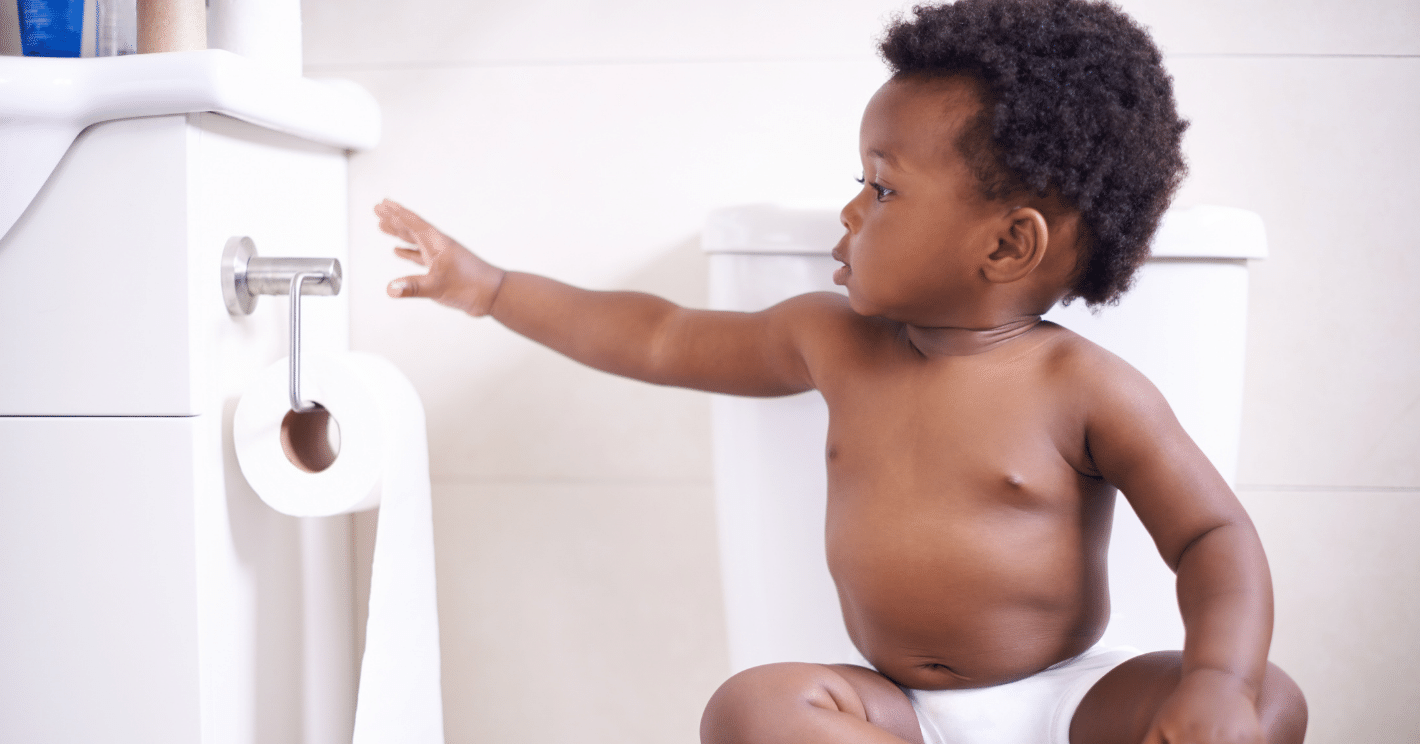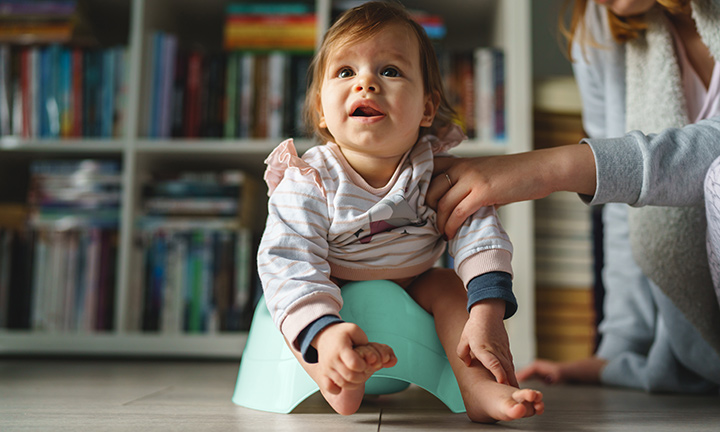Blog Post
Nighttime Potty Training: A Helpful Guide for Parents to Achieve Dry Nights
Potty training during the day is a major milestone for toddlers, but staying dry through the night is a different challenge altogether. Even if your child is fully trained during the day, nighttime dryness often requires more time, patience, and the right approach.
When Should You Start Nighttime Potty Training?
Most children are physically ready to begin nighttime potty training between 3 to 5 years old, although every child develops at their own pace. Nighttime dryness depends more on physical maturity than behavior.
Signs your child may be ready:
-
Wakes up dry several mornings in a row
-
Asks to use the potty during the night
-
Shows discomfort or awareness of wetting the bed
-
Is fully potty trained during the day
If your child still wakes up wet most mornings, it’s perfectly normal to wait a bit longer before trying again.
How to Prepare for Nighttime Potty Training

-
Limit liquids before bedtime
Avoid giving your child drinks 1 to 2 hours before bed to reduce the chance of a full bladder overnight. -
Establish a pre-bedtime potty routine
Encourage your child to use the potty right before going to sleep, even if they say they don’t need to go. -
Keep a potty or toilet seat nearby
Make it easy and safe for your child to get up and use the bathroom during the night without fear or confusion. -
Use waterproof mattress protectors and keep extra bedding ready
Accidents are normal—being prepared helps keep stress low for both you and your child.
Should You Wake Your Child to Use the Potty?
Some parents try waking their child once during the night to use the potty, but this should only be a short-term strategy. The goal is for your child to learn to recognize their own body’s signals and wake up independently when they need to go.
Managing Accidents with Patience and Positivity
Nighttime accidents are common and can continue for months or even years after daytime training is complete. Here’s how to handle them:
-
Stay calm and avoid punishment or shaming
-
Praise dry nights without putting too much pressure on your child
-
Remember that setbacks are normal and part of the learning process
Helpful Tools for Nighttime Potty Training
To make nighttime bathroom trips less intimidating, consider child-friendly potty seats or portable potties that fit comfortably in your child’s room. These tools help your child feel independent and safe, especially when they are sleepy or groggy.
Tips for Long-Term Success
-
Be patient: Nighttime dryness can take time—sometimes months or even years.
-
Avoid pressure: Stress can cause setbacks.
-
Celebrate progress: Every dry night is a step forward.
-
Trust your child’s pace: Each child develops differently.
Final Thoughts
Nighttime potty training is often the last step in your child’s potty training journey. With patience, a consistent bedtime routine, and supportive tools, your little one will gradually achieve dry nights.
Remember, every child’s journey is unique, and your encouragement and understanding are key to their success.
If you want, I recommend some child-friendly potty training products or routines to support your journey!

